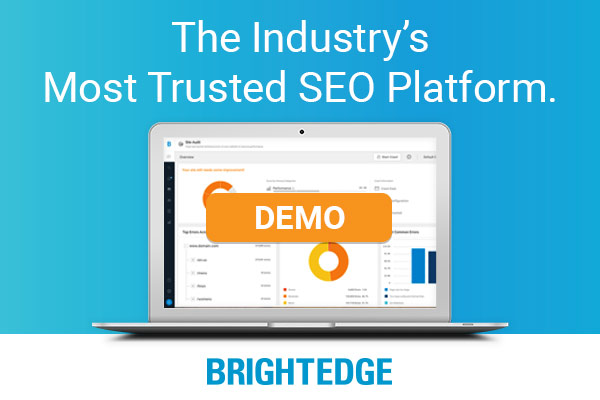How to create a reporting dashboard for the CEO?
Your CEO probably doesn’t care how you got a specific website lead and exactly how you converted that person into a customer. No, the thing that matters is that you can prove your efforts are, in fact, programmatically and predictably moving the needle. A customizable SEO dashboard is a perfect place to start collecting the key performance indicators you want to report on to showcase how you are putting those marketing dollars to work. But where to start? We know CEOs in general want the highest level reporting that gives them the most visibility into what matters quickly. They don’t want to be bogged down with reports they have to work hard to distill. So, keep it simple is the theme. And start by understanding what matters to the CEO. Let’s have a closer look at that.
What CEOs Want in Marketing Reports
According to a report by Ifbyphone that details findings of a survey of more than 550 respondents, tracking sales metrics were among the most important. In fact, 69 percent reported an increase in sales and revenue as a top marketing metric in – up 20 percent from a year earlier. Among other top metrics were an increase in website traffic as No. 4 on the list in the following chart. Note that there was an increased interest in all metrics from the prior year. From the report:
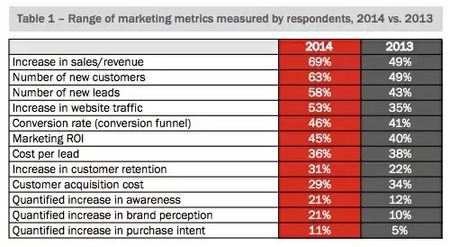
It’s not just what data CEOs want to see; it’s how often they want to see it, too. The Ifbyphone survey shows that compared to 2013, CEOs expected more frequent reporting in 2014 with a 5 percent jump in weekly reporting requirements.
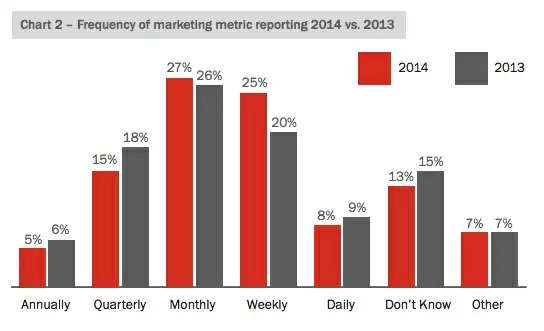
Looking at activities like SEO and social media marketing specifically, CEOs are still looking for what drives business outcomes. In this article for Marketing Land, BrightEdge CEO Jim Yu points out the key questions any marketer must ask when preparing what they track:
Start thinking about search and social marketing in business terms, and take into account:
- The cost of the product or service and the margin
- The average order and lifecycle of the product or service
- The lifecycle of the customer and their orders over time
- The budget needed to make an impact
- The ideal and actual cost per acquisition of the customer or lead
This is where your tracking comes in. If you can identify areas of your website and social media that are driving value, what actions drove that value and then show how investing in more of those actions could increase the revenue or conversion, you have something the CEO can understand.
In that same article, Jim shared a handy chart courtesy of Alok Jain of eZdia that shows how you can equate things like budget for SEO to the metrics that matter to the CEO, like more traffic:
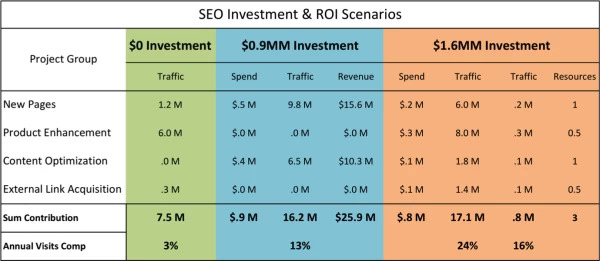
While that approach helps forecast how to spend dollars, the CEOs want to know how you’re tracking that. In a 2013 post by HubSpot, it cites customer acquisition cost as the No. 1 metric your CEO wants to see. Second to that is the marketing portion of the customer acquisition cost. Also cited in those metrics is the customer lifetime value metric – how valuable that one customer can be over the lifecycle of your engagement with him or her. Harvard Business School has created a customer lifetime value tool that you can play with.
Setting Up Your SEO Reporting Dashboard with the CEO in Mind
Most leading analytics providers will have templates for reporting that come standard and offer customization from there. Here at BrightEdge, we have a template for our customizable dashboards created with the executive in mind. In our experience, we’ve found that CEOs want to measure how well they are doing against their competitors in organic search. After all, search is a zero-sum game, so our executive dashboard template is competitor focused. To set up this dashboard, you can choose all or a subset of keywords to track and which search engine you want to monitor them on. You can also choose by device, too – like desktop, tablet or smartphone. You then select which competitors you want to track against. There are about eight different reports within this custom executive dashboard; each can be customized with regards to specific SEO metrics, including a brand’s “share of voice” online. Marketers can add more reports or take them away for a fully customized experience catered to the executive. You can also choose how often your CEO gets the report. BrightEdge Platform Share of Voice and Competitive Comparison reports.

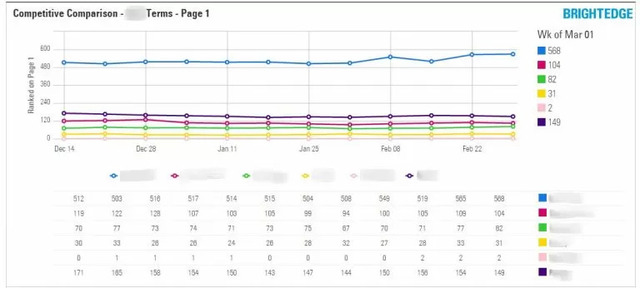
Whatever key performance indicators are leading your tracking efforts, just keep in mind to keep it simple. Most CEOs will generally only want to see a handful of data points – five is a good number to aim for, though you may find a couple more or less in your customizable dashboard makes better sense for your reporting the performance of your marketing efforts.


